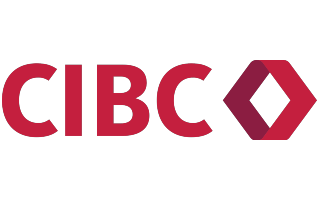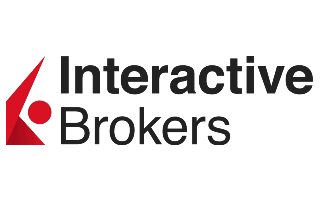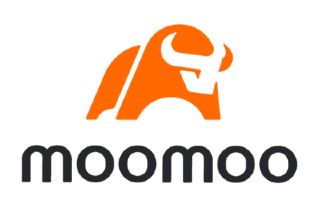There’s no right or wrong way to strategize when it comes to investing. But dollar-cost averaging might be right for you—particularly if you can trust your stocks and funds to increase in value over time. Here’s what you need to know about dollar-cost averaging.
What is dollar-cost averaging?
Dollar-cost averaging is an investment strategy that involves contributing a fixed amount to a fund or stock portfolio at regular time intervals, regardless of stock prices or market movements at any given time.
When the prices of your chosen stocks or funds go up, your fixed investment will buy fewer shares. When prices go down, it nets you more shares and reduces your average cost per share over time. This way, your investment isn’t as highly impacted by volatility as it would be if you purchased all your shares in one lump sum.
This is often practiced with index funds, so that you’re dropping money into the S&P 500 or the Nasdaq Composite regardless of the price at the moment. You’re betting that markets go up over time.
Dollar-cost averaging removes the guesswork that comes with timing the market or any group of stocks and buying at the right time.
Using dollar-cost averaging
Let’s say you decide to invest $1,000 in stock ABC on the first of every month for 5 months. Assume the following table indicates how the price of the stock moves in the first 5 months.
| Month | ABC stock price | Shares purchased | Shares owned | Value of investment |
|---|---|---|---|---|
January | $20 | 50 | 50 | $1,000 |
February | $18 | 55.55 | 105.55 | $1,899.90 |
March | $21 | 47.62 | 153.17 | $3,216.57 |
April | $19 | 52.63 | 205.8 | $3,910.20 |
May | $22 | 45.45 | 251.25 | $5,527.50 |
By May, a total investment of $5,000 ($1,000 X 5 months) is worth $5,527.50. Had you decided to invest that total at any one of those months, your investment might have ended up higher or lower. In this case, the average price of the stock was the same as the purchase price. But it’s lower than the stock’s highest price.
By using a dollar-cost averaging strategy, you reduced the impact of volatility in the stock price over time.
Benefits of dollar-cost averaging
Dollar-cost averaging steers you away from the risk of market timing. Because you’re investing a fixed amount at different intervals regardless of share price, you avoid emotional investing or buying more shares as prices rise and panic selling when they drop. Dollar-cost averaging keeps you on a steady, long-term investing strategy.
Dollar-cost averaging is so well-regarded, it’s used in retirement planning. If you own a RRSP, you’re already doing it. Your employer takes a fixed amount of money out of your income every payday and invests it in the stocks or funds you’ve chosen for your RRSP.
Risks of dollar-cost averaging
Succeeding in dollar-cost investing assumes stock prices will rise, at least in the long run. But prices are constantly moving, and nobody can predict with absolute certainty where prices may be heading. So, engaging a dollar-cost averaging strategy on a stock you know little about can be especially risky. You may end up buying more stocks at a time when exiting would be more suitable.
That’s why dollar-cost averaging may be more suitable for index funds or mutual funds, which invest in a variety of stocks. But in either case, it’s crucial to examine the fundamentals of any investment before employing a strategy.
Moreover, dollar-cost averaging is best used as a long-term strategy. While markets are in constant flux, prices generally don’t change much in the short term. You have to keep your dollar-cost averaging strategy in play through a long period to benefit from the low prices of a bear market and the high prices of a bull market. Either can last several months or even years.
Automatic investing plans
Many brokers provide automatic investing plans. These strategies allow you to contribute fixed amounts of money automatically from your bank account to securities such as a mutual fund at set time intervals. Here are some popular picks.
| Broker | Account minimum | Fees | Highlight |
|---|---|---|---|
$0 |
| Buy and sell cryptocurrencies with Wealthsimple Crypto | |
$0 |
| Special pricing for students and active traders | |
$0 |
| Lots of research tools | |
$0 |
| Rounds up your purchases to the nearest dollar and invests the change in ETFs | |
Justwealth robo-advisor | $5,000 (no minimum for RESP accounts) |
| Low management expense ratio |
Before you kick off your dollar-cost averaging strategy, you’ll need to open a stock trading account with a broker. Here are some of your choices.
Compare stock trading accounts
Finder Score for stock trading platforms
To make comparing even easier we came up with the Finder Score. Trading costs, account fees and features across 10+ stock trading platforms and apps are all weighted and scaled to produce a score out of 10. The higher the score the better the platform - simple.
Bottom line
Dollar-cost averaging is the process of dividing your total investment in a stock or fund into fixed investments at set time intervals. When done correctly, this strategy can help hedge against volatility and earn strong profits in the long run. Before you invest, compare stock-trading platforms to find one that’s right for you.
You might also be interested in...

What are the best stocks for beginners with little money to invest?
Want to dive into investing but don’t have much to spend? Take a look at these types of stocks.
Read more…
Meme stocks: What they are and examples of popular stocks
Meme stocks can produce large gains in short periods, but the stocks are volatile.
Read more…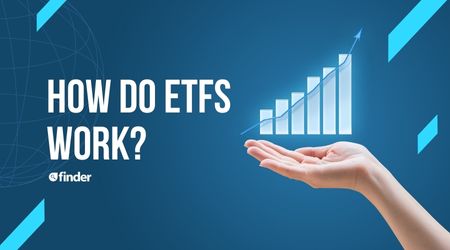
How do ETFs work?
Your guide to how ETFs work and whether this type of investment is right for you.
Read more…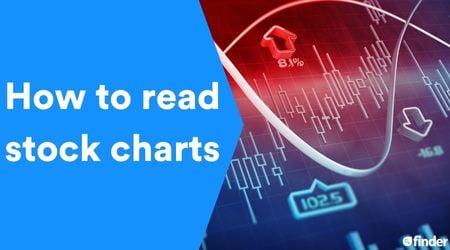
How to read stock charts
Learning how to read stock charts and recognize chart patterns can unlock your success as a trader.
Read more…
What are stocks?
Owning a stock means you own part of a company and can potentially grow your wealth. But there is a risk of loss.
Read more…
How to analyze a stock
Learn how to research stocks and find the right investment opportunities in 4 steps.
Read more…More guides on Finder
-
Best paper trading platforms and demo accounts for 2025
How to choose the best paper trading platform to help you learn the ins and outs of investing.
-
Quantum computing stocks
Microsoft, IBM, IONQ, Rigetti and Quantum Computing are some of the top stocks to buy in this category. See how to get started here.
-
How will tariffs affect the stock market?
Find out how the Trump tariffs will impact the stock market and explore Canadian stocks that may be resilient amidst tariffs.
-
Can I buy DeepSeek stock in Canada?
DeepSeek isn’t publicly traded, but you can invest in similar companies or swoop in on stocks impacted by the DeepSeek effect.
-
What are the best stocks for beginners with little money to invest?
Want to dive into investing but don’t have much to spend? Take a look at these types of stocks.
-
Trading promos & investment account bonuses for 2025
Enjoy perks like free trades and cash back when you open a stock trading account with these online broker promotions.
-
Best renewable energy stocks
These are the best renewable energy stocks to buy now in Canada.
-
Best stocks to buy right now in Canada
Finder’s unique algorithm found the 20 best TSX stocks to buy right now.
-
Robinhood alternatives in Canada
Your guide to six Robinhood Canada alternatives for trading stocks, ETFs and more.
-
How to invest in the S&P 500 in Canada
Find out how to invest in the S&P 500 in Canada—one of the world’s most popular stock indices—to diversify your portfolio.


